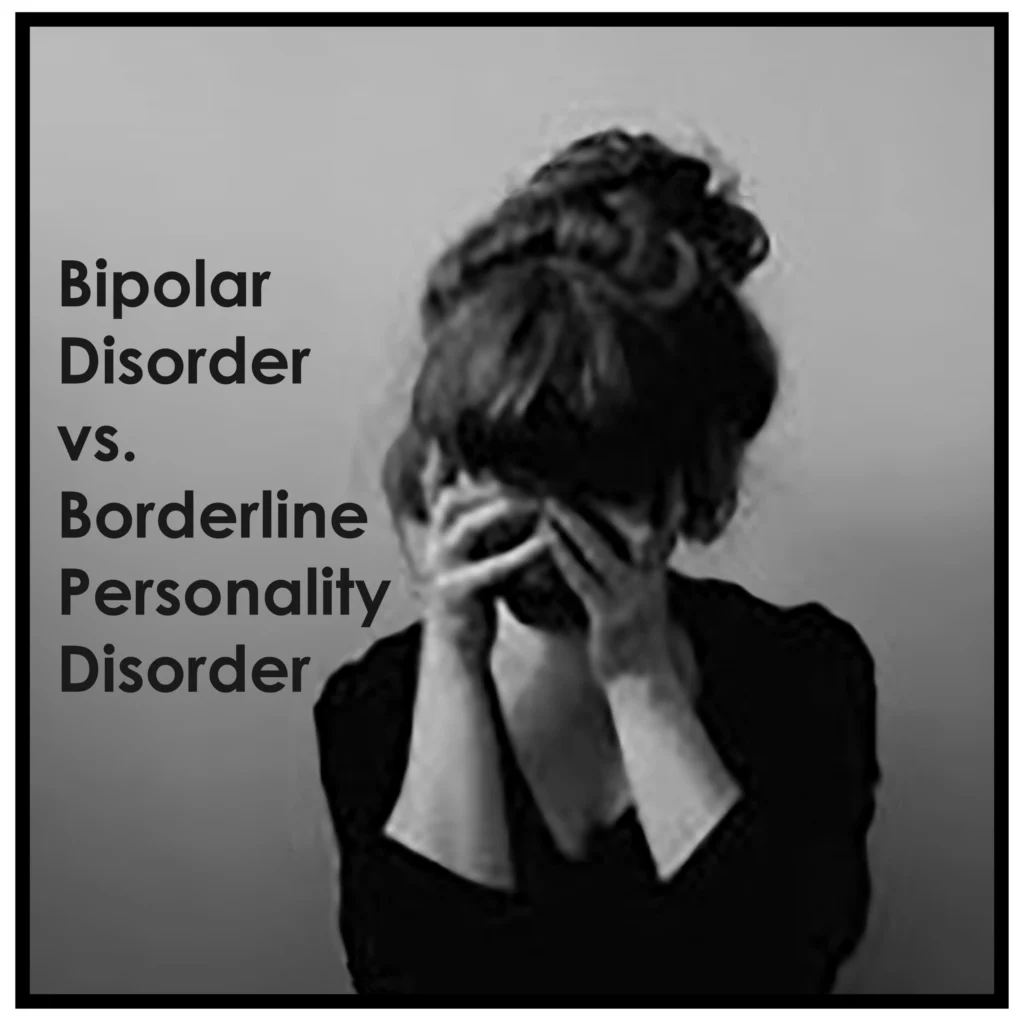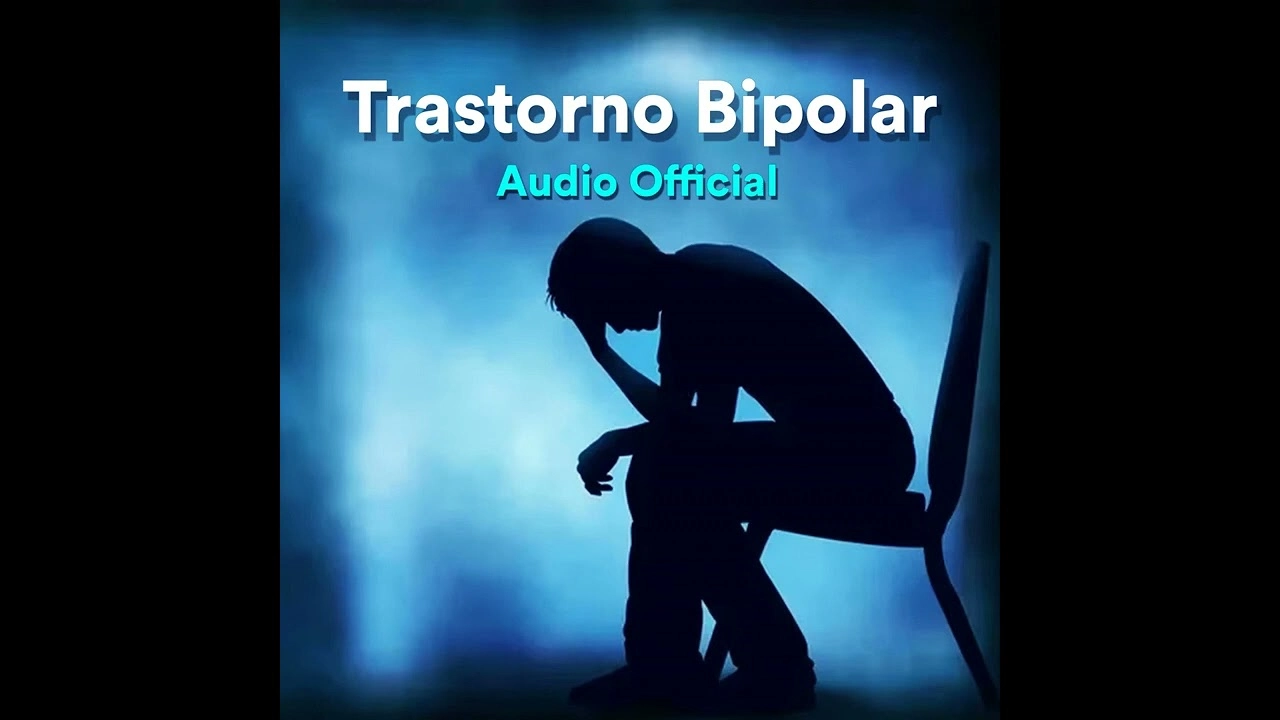BPD vs Bipolar: People frequently mix up these two conditions. Both of them exhibit signs of mood swings and impulsivity. However, these are distinct conditions with distinct therapies.

Since it was initially identified in the “Diagnostic and Statistical Manual of Mental Disorders” in 1980, borderline personality disorder has generated debate. Since bipolar disorder and BPD have many symptoms, there is still debate regarding whether the two conditions are connected.
BPD vs Bipolar Comparison
Bipolar disorder, also referred to as manic depression, results in fluctuations in mood, energy, and day-to-day functioning.
The symptoms of bipolar disorder include recurrent episodes of mania and depression that can last anywhere from a few days to many months. Bipolar disorder’s mood swings, in contrast to those of borderline personality disorder, are not brought on by interpersonal problems, linger for days, weeks, or months instead of minutes or hours, and are accompanied by certain changes.
Symptoms of manic episodes may include:
- An overly joyful, irate, or agitated state
- More vitality and activity than usual, both mental and physical
- Ideas and thoughts that race
- Speaking more quickly
- Creating ambitious plans
- Taking chances
- Impulsivity in areas such as spending, sex, substance abuse, etc.
- Lack of sleep yet no sense of exhaustion
- Bad decision-making
During depressive episodes, symptoms could include:
- A decrease in energy
- Prolonged melancholy
- Reduced energy and activity
- Irritability and restlessness
- Having trouble focusing and making judgments
- Anxiety and worry
- Lack of enthusiasm for favored pastimes
- Suicidal thoughts and feelings of helplessness and guilt
- A shift in eating habits or sleeping habits
To keep their illness under control, the majority of bipolar disorder sufferers require lifetime care. This typically comprises medications, such as mood stabilizers, but occasionally antipsychotics or antidepressants are also used. Additionally, therapy can assist those with bipolar disease comprehend it and learn coping mechanisms..
Borderline Personality Disorder

Unlike distinct episodes of mania or depression in people with bipolar disorder, borderline personality disorder involves a long-standing pattern of abrupt, moment-to-moment swings in moods, relationships, self-image, and behavior. These swings are typically triggered by conflicts in interactions with other people.
In addition to having excessively intense emotional reactions to distressing life situations, people with borderline personality disorder frequently attempt self-harm. Their connections with others are frequently tumultuous.
Other mental health issues are also more common in those with borderline personality disorder. Although trauma alone does not cause borderline personality disorder, they are also more likely than those with bipolar illness to have experienced some form of trauma as children.
A person with borderline personality disorder frequently acts impulsively and recklessly and struggles to manage their thoughts and emotions. The following are the primary symptoms of the condition:
- Anxious attempts to prevent feeling abandoned
- Past history of tumultuous, passionate partnerships
- Propensity to see things and people as “all bad” or “all good”
- Negative self-perception
- Impulsivity in terms of spending, having sex, abusing drugs, etc.
- Cutting oneself or engaging in suicidal thoughts or actions
- Anger and sadness are common mood swings brought on by difficult situations or relationships.
- Emptiness-related feelings
- Anger management issues and other negative emotions
- Anxiety
Medical Treatment
Since bipolar disorder and borderline personality disorder are distinct conditions, it is essential to treat each disorder individually for the best chance of symptom relief.
Bipolar Disorder
Bipolar disorder is primarily treated with medication, though psychotherapy may also be beneficial. Mood stabilizers can reduce the likelihood of experiencing severe highs and lows and assist in balancing moods.
The first drug created specifically to treat bipolar disorder was lithium. As a first-line treatment, it is still often utilized today.
Antipsychotics and anticonvulsants are two types of drugs that are frequently administered to treat bipolar disorder. These drugs may include:
- (Apripiprazole) Abilify
- Divalproex sodium, or Depakote
- Haloperidol, or Haldol
- Lamotrigine, or Lamictal
- Topiramate, or Topamax
Borderline Personality Disorder
Although BPD was always thought to be difficult to treat, new research shows that it can be effectively treated. Psychotherapy is the most common treatment for it, however, some symptoms may also be managed with medication.
A type of psychotherapy called dialectical behavior therapy (DBT) was developed especially to treat borderline personality disorder. This method is a type of cognitive behavioral therapy (CBT) that teaches people how to control their emotions, manage stress, and build relationships.
Group therapy, mentalization-based treatment (MBT), and cognitive behavioral therapy are additional therapies that may possibly be beneficial. Mood stabilizers, antipsychotics, antidepressants, and anxiety medications are among the drugs that are occasionally recommended to treat BPD symptoms.
In summary, people with borderline personality disorder typically require long-term treatment. Treatment primarily consists of particular types of psychotherapy, such as transference-focused psychotherapy (TFP) or dialectical behavior therapy (DBT), which are designed to help people control their emotions, feelings of distress or anger, and impulses (such as suicidal thoughts or tendencies to harm themselves when upset).
Although they are not always successful and are not thought to be the primary focus of treatment for borderline personality disorder, medications are occasionally used to aid with these symptoms. Short hospital stays are occasionally required to handle emergencies involving risks to one’s safety and well-being.







